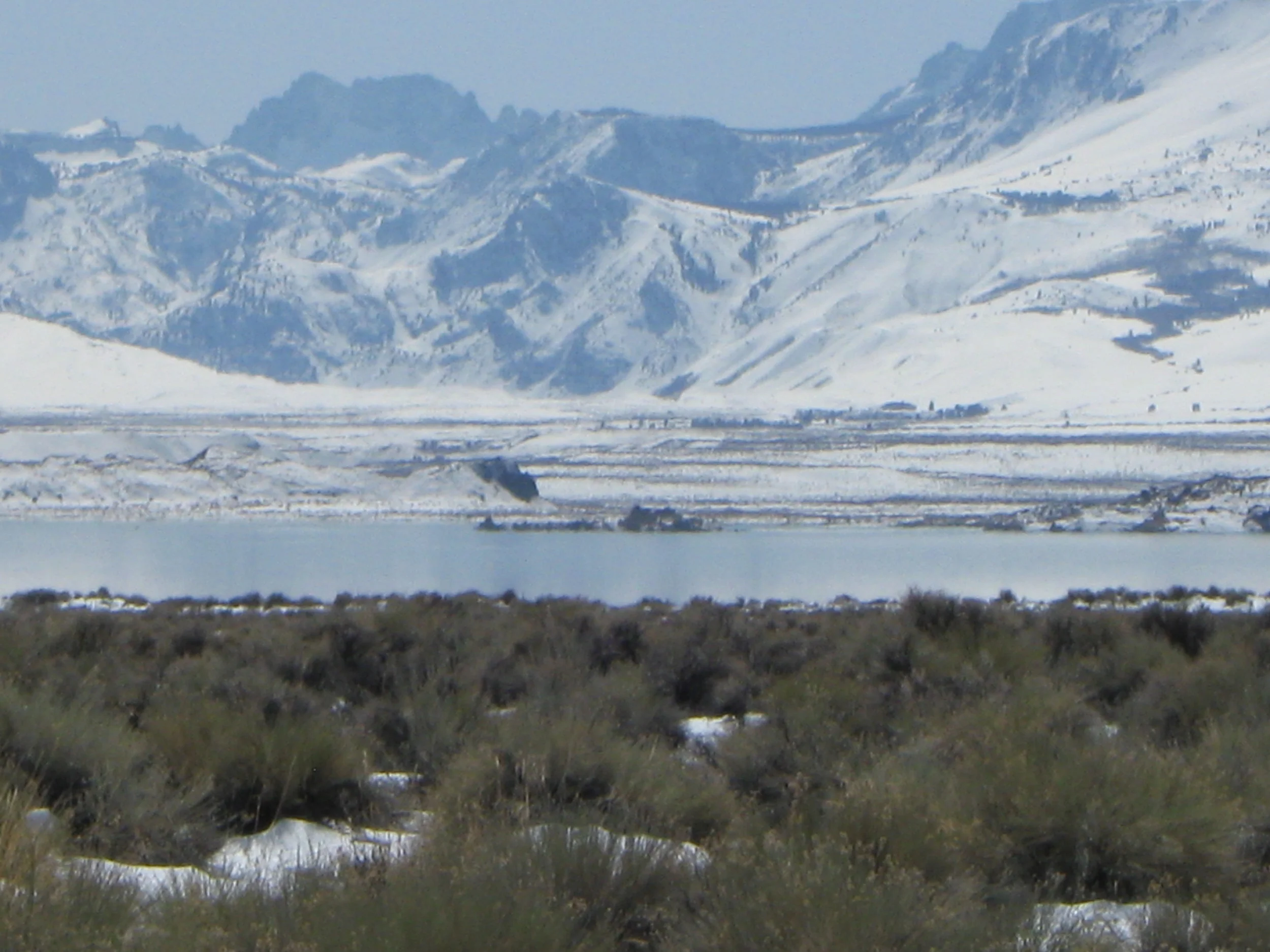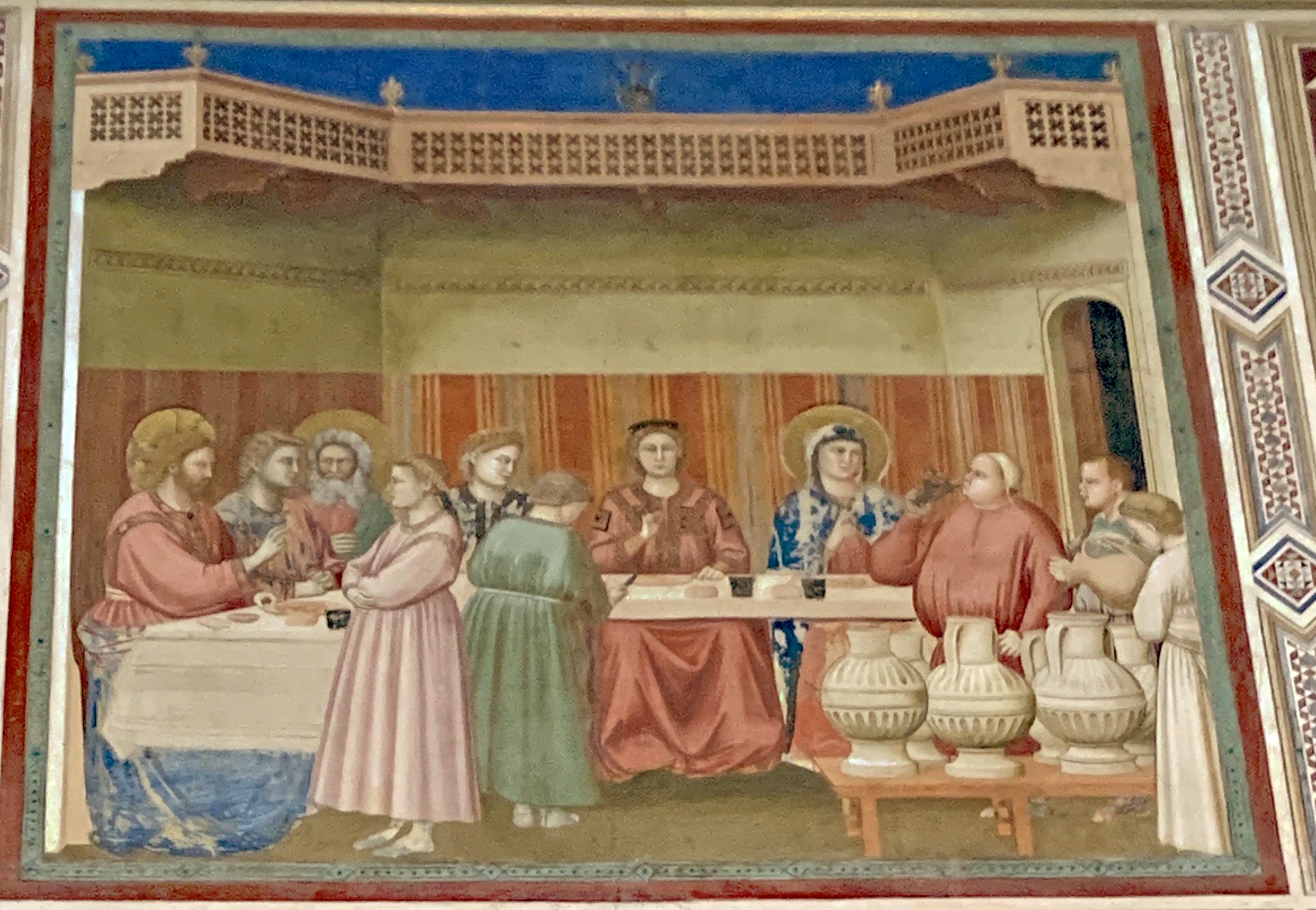The Fifth Sunday in Epiphany
/In the Gospel of John, Jesus performs 7 Signs. The Signs are miracles which Jesus performs in public and in the process demonstrates to the people that he is truly the Son of God.
The Scrovegni Chapel in Padua, Italy is an event in itself. It was built by a banker as an atonement for charging interest on loans. The solution was to build a chapel onto the mansion and dedicate it to the events of Jesus’ life. One of the events is the wedding in Cana, by pre-renaissance artist Giotto di Bondone who painted the chapel over a three year period around 1305. Here we have a much toned down version of the wedding focused on the water jars, Jesus and the disciples, and his mother Mary who seems to be giving directions to the servants.
John ends the first chapter of his gospel with Jesus calling his disciples and preparing to leave John the Baptist and the Jordan River (near Jerusalem) for the area of Galilee.
Chapter 2 starts with Jesus and the disciples in Galilee, and along with Jesus and his disciples, Jesus’ mother has been invited to a wedding. As the wedding feasting and celebration continues, the host runs out of wine.
Jesus’ mother discovers the wine is gone and she sends the servants to Jesus. Jesus asks, ‘Why involve me, my time has not yet come.” And ignoring him, Mary tells the servants to do whatever Jesus says.
Jesus tells the servants to fill six stone water jars, each about 20 to 30 gallons, with water. Then they are to take a sample from each jar to the banquet master. When he tastes the samples, which had been turned into wine, he compliments the bridegroom for saving the best wine till the end of the banquet.
And so, at his mother’s insistence Jesus performs his first public miracle, thus announcing himself to the world.

